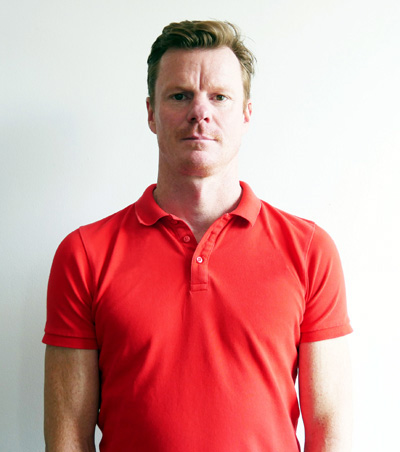Coming from a warmer country [New Zealand], when I first moved to the UK I was baffled by actual winter training, and how people managed to survive the frozen months.
Over time I’ve come to the realisation that not only is winter more than just something to be endured, there are benefits to be had from training in cold, wet, muddy, yucky weather, and we should embrace it.
Use the winter to work on endurance and efficiency
For most endurance athletes winter is the time for development, when you work on your endurance and efficiency. You’ve got more time with no major races to prepare for.
Training can seem less specific but that specificity should still be there, it’s just at a lower bandwidth that tends to be that bit broader.
The physiological systems that are developed during this time are the big ones that take time to respond and to see changes in: improved aerobic pathways, more efficient fat burning, improved heart pump capacity and musculo-skeletal robustness.
These are the changes that support your higher-intensity work and will ultimately result in improved PBs and performances.
Because these changes take longer to occur, people doing research studies don’t tend to like them, which is why you see lots of papers about the benefits of HIIT (high-intensity interval training) and not as many looking at longer-term, lower-intensity training.
If you can log a consistent amount of volume at the correct intensities and with sufficient recovery through the off-season, you will see consistent strong performances through the summer
How to build a winter training base
A HIIT study can be done in four to six weeks and see measurable changes; a long-term study takes months and longer, and with the amount of variables you’re introducing it’s much harder to pick out discernible impact. But in my experience those long winter hours are the most important for building your base to support summer success.
This is borne out by the studies that have looked at the training histories of successful athletes over extended periods of time, sometimes over decades (Stephen Seiler is a good start point to this).
In my experience if you can log a consistent amount of volume at the correct intensities and with sufficient recovery through the off-season, you will see consistent strong performances through the summer.
Without those hours, or with too much middle to high intensity, you might hit one or two good performances but be patchy otherwise, or you just won’t hit those highs you’re looking for.
Training at the appropriate intensity
Where the Great British winter comes into play here is forcing you to train at the appropriate intensity. When it’s cold and you’re bundled up it feels more natural to be a bit slower and steady.
You’re a bit more restricted in your movement, surfaces are a bit more slippery, the light isn’t as illuminating. It’s the season telling you to slow it down a bit, take your time and enjoy the time you have outside.
It’s also a great time to go off the beaten track on your runs, go mountain biking or gravel riding, explore a bit. When the weather is warm and sunny, most of the time it’s all too easy to push the pace, whereas going a bit slower has to be a conscious decision. Here in the UK, the weather is making that decision for you.
So embrace the winter months, wrap up well, put your lights on, get outside, get muddy, slow things down a bit and take your time. Turn off the timed segments and let the winter help you achieve your summer goals.
Top image credit:
